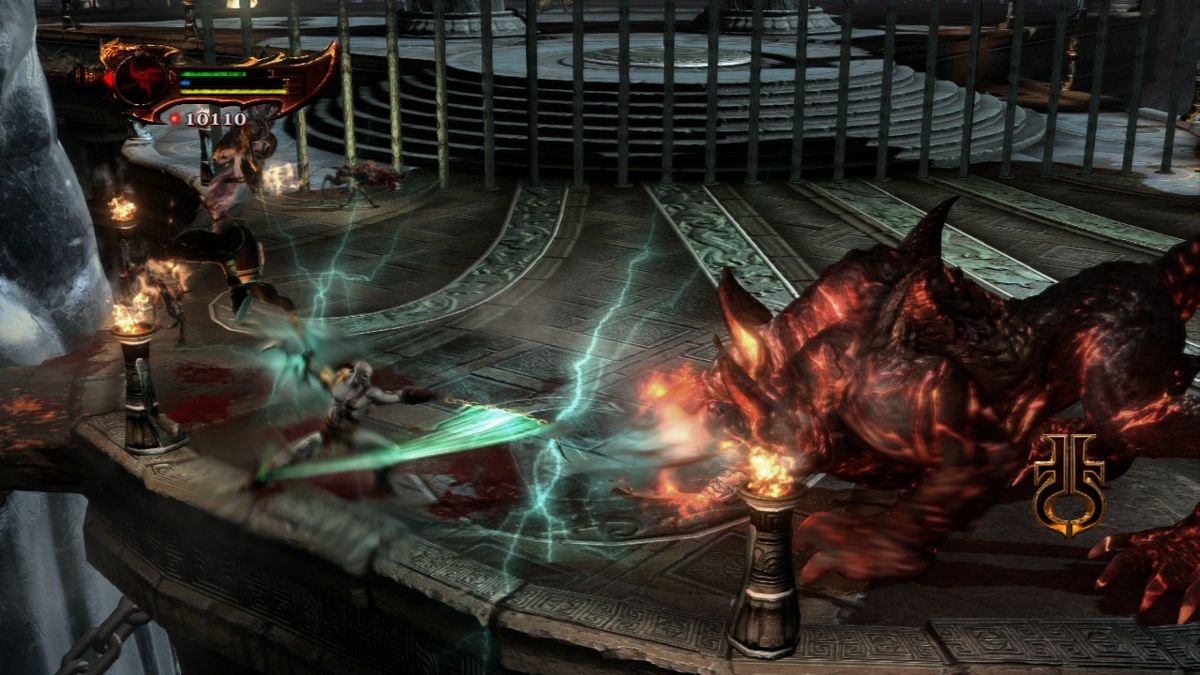
Many artists create sculpture in editions. These costs are passed on to the first buyers of the work.

Today Richard Serra has to pay Pickhan Unformtechnik in Siegen, Germany for fabricating his vast steel Torqued Ellipses. In 1895 Auguste Rodin had to pay Le Blanc Barbedienne Foundry in Paris when he cast his Burghers of Calais in bronze. Such works may be proportionately less expensive because they are harder to sell.ĭepending on the medium used by the artist, there may be a cost of manufacture to consider. The larger the work, the higher the price, with the exception of paintings and sculptures that may be too large for domestic installation and require the kind of space usually found only in institutions, office buildings, shopping malls, and casinos. Although the artist’s audience has not yet rendered an opinion about which type of work is better or more desirable than any other, and the artist may feel some smaller works are better than some larger ones, usually size wins out, and the smallest works are usually the least expensive. What makes one painting or sculpture more or less expensive than another in this primary market is usually size. No matter how luxurious, such things also sustain the basic human functions of shelter, food, clothing, and transport.Ī body of new work by any artist is usually consistent in theme, but not necessarily in scale. We pay for things that can be lived in, driven, consumed, and worn and we believe in an empirical ability to judge their relative quality and commercial value. We understand the notion of paying for size and location in real estate, but most of us have no criteria (or confidence in the criteria) to judge the price for a work of art. If you gave most people $25 million and the choice to spend it on a six-bedroom house with spectacular views of Aspen or a painting by Mark Rothko of two misty dark-red rectangles, the overwhelming majority would choose the house. Even Plato considered the value of art to be dubious because it was mimesis, an imitation of reality. You cannot live in it, drive it, eat, drink, or wear it. It is neither utilitarian, nor does it seem to be linked to any essential activity. The reason that many people continue to be astonished or enraged when they hear that a particular work of art has been sold for a large sum of money is that they believe art serves no necessary function.


Human stipulation and declaration create and sustain the commercial value. There is no intrinsic, objective value (no more than that of a hundred-dollar bill). Like currency, the commercial value of art is based on collective intentionality. What Determines the Commercial Value of Art? It is reprinted with the generous permission of the author and the publisher. This excerpt from Michael Findlay’s new book, The Value of Art: Money, Power, Beauty, published this year by Prestel, provides an expert’s insight on this issue. Understanding how value is determined in the art market is also essential when assessing the relative importance of information disclosures and representations in art transactions. The concept of “value” is at issue in numerous art disputes, often to calculate the measure of damages for lost, stolen or damaged artwork.


 0 kommentar(er)
0 kommentar(er)
